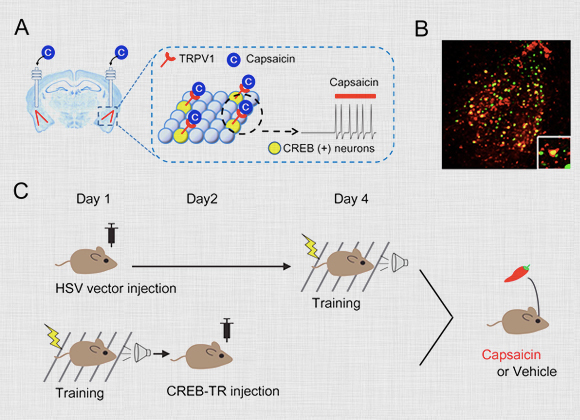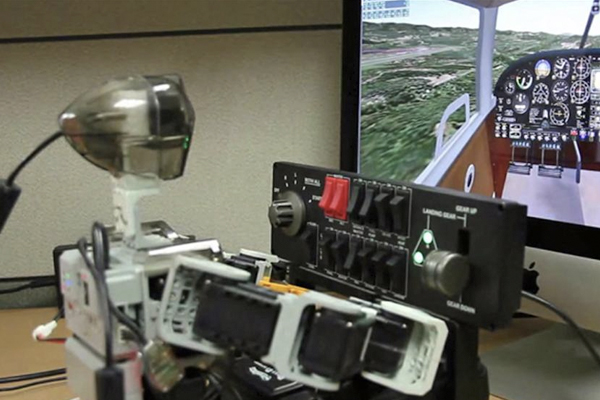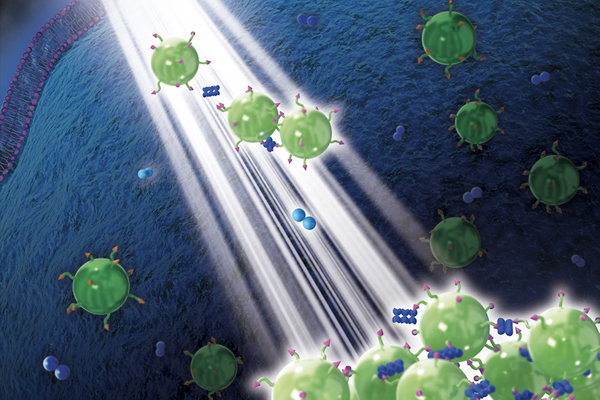Can a memory be artificially encoded to or decoded from the brain? Can one’s memory intentionally be modified? Such questions have been a popular topic in numerous science fiction movies, stimulating peoples’ interest. Adding to this popularity, a recent study actualized the artificial recall and modification of a specific memory.
Last January, a research team led by Professor Jin-Hee Han at the Korea Advanced Institute of Science and Technology (KAIST) published in Nature Neuroscience that they have succeeded in artificially recalling a specific memory in a mouse and further reported this memory could also be enhanced or repressed. The researchers showed that the expression and modification of a specific memory is possible by artificially stimulating a subset of neurons that stored a particular memory.
In order to access a certain memory artificially, two essential processes are required: specifying the neurons that encode that memory and selectively activating those neurons. A memory gets stored in its related brain region and a search for the neurons holding this memory must occur for this memory to be selectively retrieved. In his previous study published in 2007 and 2009, Prof. Han reported that overexpressing the cAMP response-element binding protein (CREB) in a random population of neurons results in memory being stored in those precise neurons. To selectively activate neurons with increased levels of CREB (CREB neuron) in the lateral amygdala (LA), the researchers took advantage of a drug, capsaicin, that can target CREB neurons and activate them by binding them to the ectopically expressed drug receptor, TRPV1. By co-expressing CREB together with TRPV1, they specifically targeted CREB-injected LA neurons for subsequent selective activation.
In the behavioral experiment, mice co-expressing CREB and TRPV1 in the lateral amygdala received auditory fear conditioning. Auditory fear conditioning is a learning paradigm in which an initially neutral auditory stimulus is paired with a fearful stimulus, such as electrical foot shock. It has been demonstrated that the associative memory between two sensory inputs is stored in the lateral amygdala. The researchers found that 24 hours after fear conditioning, injection of capsaicin into the amygdala alone can induce the fear response, indicating that the fear memory was evoked by the activation of CREB-TRPV1 expressing neurons.
The researchers also succeeded in blocking the fear memory using the CREB-TRPV1 system. When a memory is recalled, it temporally becomes labile (able to be changed easily) and then consolidates again. This process, called reconsolidation, requires a new protein synthesis. The researchers activated the fear memory by stimulating the memory neurons, and then blocked the new protein synthesis by injecting anisomycin. This lowered the fear response to an auditory cue. In contrast to memory repression, when the mice received the capsaicin injection repeatedly for three days, the fear response to the auditory cue was enhanced. The researchers deduced that this memory strengthening was caused by the repeated activation of a specific memory trace.
These research outcomes from Dr. Han’s lab not only played a vital role in advancing our understanding of memory formation and modifications, but are also important in demonstrating that artificial expression and modification of memory is viable. This research has great potential to contribute to the understanding and treatment of emotional disorders, such as PTSD, by controlling fear memories formed in the amygdala.
This work was supported by the National Research Foundation of Korea (NRF) grant funded by the Korean government (No. 2011-0005755 and No. 2011-0013173) and the KAIST High Risk High Return Project (HRHRP).
This research was published in Nature Neuroscience in Jan. 2014.

B. Immunostaining with mouse brain slice. The yellow signal represents co-localized expression of CREB (green) with TRPV1 (red).
C. Behavioral procedure of drug-induced memory recall.









